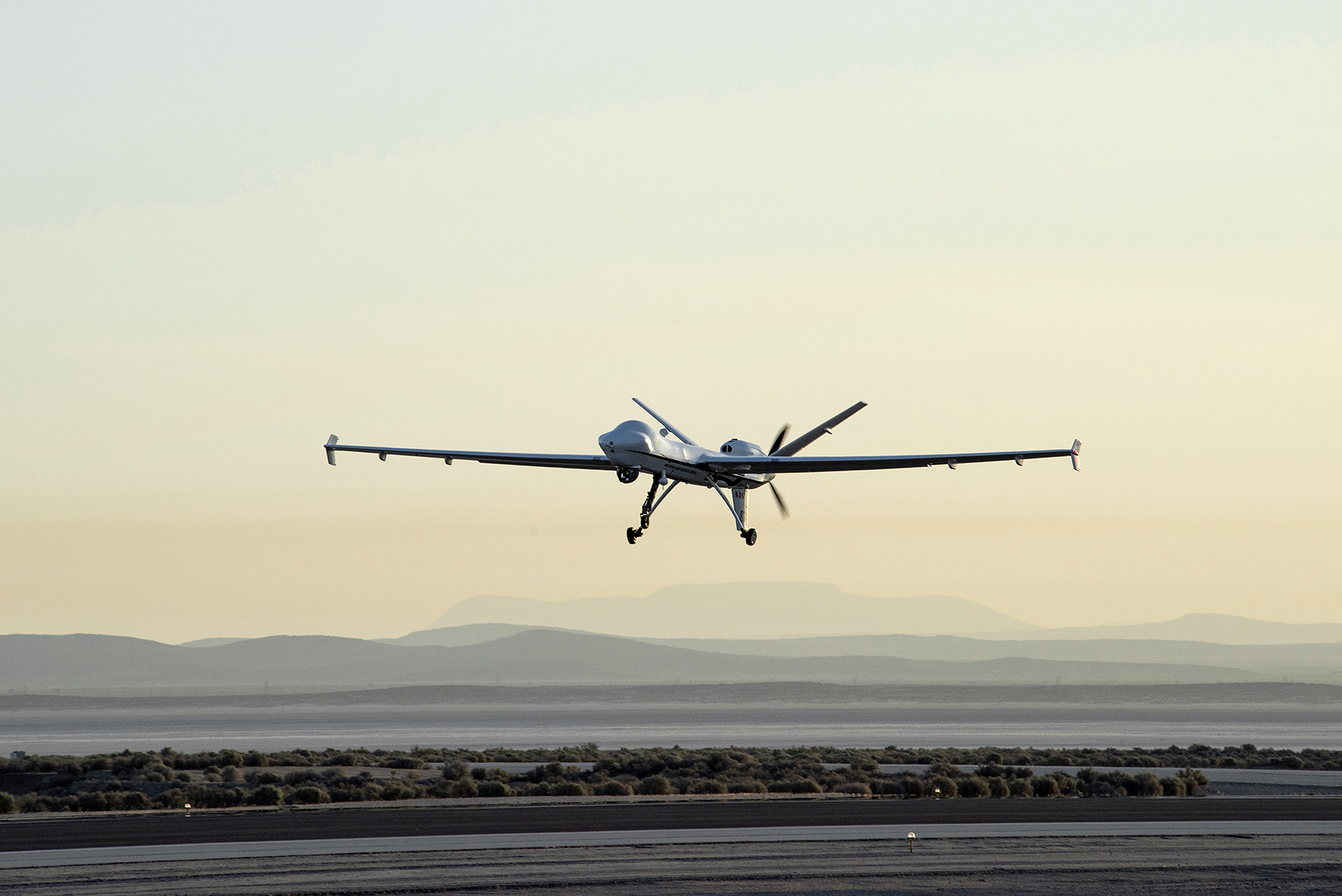NASA’s Unmanned Aircraft Systems Integration in the National Airspace System (UAS in the NAS) project began in 2011 and concluded in September 2020. The project identified, developed and tested technologies and procedures to help make it possible for UAS to have routine access to the NAS.
The project provided research findings through simulations and flight tests to support the development and validation of Detect and Avoid (DAA) and Command and Control (C2) technologies necessary for integrating UAS into the NAS.
As shown in this video, the partnership among NASA, the Federal Aviation Administration (FAA) and industry will launch the next step of aeronautics research with projects like Advanced Air Mobility.
NASA’s Aeronautics Research Mission Directorate (ARMD) and NASA’s aeronautics centers including Armstrong Flight Research Center and Ames Research Center in California, Langley Research Center in Virginia and Glenn Research Center in Ohio were vital to the project’s progress.

This year the Systems Integration and Operationalization (SIO) demonstration activity completed two demonstrations under the UAS NAS project and the third will happen under leadership of the Advanced Air Mobility project in early 2021.
General Atomics Aeronautical Systems Inc. (GA-ASI) flew the SkyGuardian UAS during their SIO demonstration in April 2020 and Bell Textron Inc. flew the APT 70 UAS during their SIO demonstration in September 2020. The final SIO partner, American Aerospace Technologies Inc. (AATI), is set to fly the AiRanger for the final SIO demonstration in early 2021.
The project is currently working on reports and lessons learned from the work conducted with the FAA.
To read more about the project history visit the UAS in the NAS page.
Author: Teresa Whiting

































